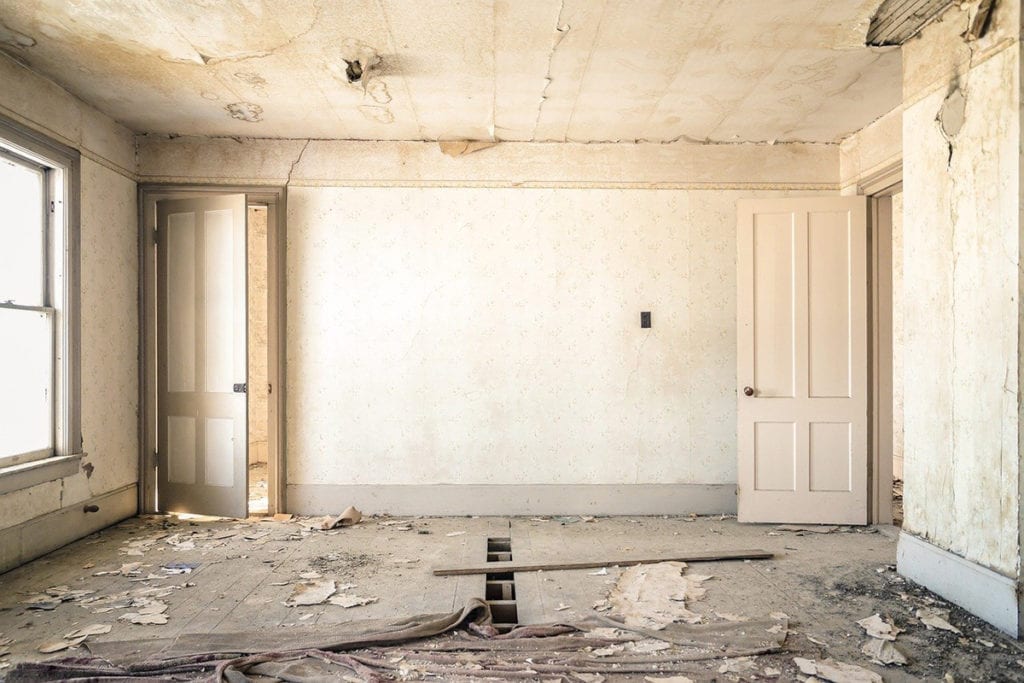Asbestos has been the most essentially used component in many industries during the Industrial age, namely for automobile, construction, manufacturing, chemical industries, and a lot more. Its ability to withstand fire meant safety against fire hazards in every military branch in the United States. The construction material, asbestos, is a light mineral that is relatively cheaper than any other material. Moreover, economic factors such as financing a construction (read more) have played a role in using the component while ensuring quality work.
Later on, many asbestos product manufacturers have known the health consequences of working with the mineral that is dangerous to one’s well-being. As this concrete has been popular for numerous years, the prohibition for commercial and import of the said mineral has happened. A plethora of health impacts have been discovered, but the complete removal of the mineral in various parts of a household hasn’t been entirely made. The fact that it has been the most popular mineral for construction for over a century, wouldn’t it be possible to be found almost everywhere?
If you plan to do a home restoration or just for health precautions, one thing to do is to ensure the removal of asbestos first before doing anything. On top of that, you must see professionals that provide a reliable yet affordable service.
In this article, we will talk about what asbestos is, its harmful effects, and the removal tips.
What Is Asbestos?
It is a fibrous silicate that is a naturally occurring mineral found in rocks. It is a set of six different types, each of which is made up of numerous microscopic fibrils that can be released through abrasion and various processes in the atmosphere.
Asbestos’s industrial utility stems fundamentally from its natural properties, including non-flammability, versatility, structural rigidity, low density, acid and alkali resistance, and enhanced electrical resistivity.
Negative Health Consequences
The mineral itself is safe, not until it becomes disturbed. Ceiling tiles, floor tiles, undamaged laboratory cabinet tops, shingles and siding, fire doors, fencing, flue pipes, and other asbestos-containing materials will not release microscopic fibers unless disrupted or damaged under certain circumstances. For instance – if an asbestos-containing roof flooring is honed or cracked, it may emit fibers into the air. Material deterioration due to drilling, cutting, or anything that causes physical impact will increase the likelihood of fiber release.
Many of the fibers will then accumulate in the nose and throat, but a few may get into the digestive tract. Once you get to inhale it, they will get trapped in your body. Worst-case scenario, it can reach your lungs and may cause respiratory problems.
Moreover, laboratory evidence and clinical trials show links for human exposure to the microscopic fibers causes the following:
Asbestosis
- It is a lung disease characterized by long-term inflammation and scarring caused by microscopic fibers. Suppose you happen to expose yourself to damaged asbestos-containing materials. In that case, the common symptoms may include shortness of breath, cough, chest tightness, and weight loss, as stated in several clinical signs.
Lung Cancer
- Usually, it may happen if you have had a long exposure to asbestos fibers. Aforementioned, it can be trapped inside your body that may further spread throughout. It can grow cancerous over time, as it may damage the lung cells turning for a more vital cause of health complication.
Mesotheliomas
- Inhalation and ingestion of the mineral may increase the risk of mesothelioma, a cancerous tumor that develops in the lining of the lungs, heart and can be in the abdomen.
- Although it is one of the exceedingly rare primary tumors, they account for approximately 80% of all asbestos-related cancers.
- The average life expectancy for a person who has this disease is 12 months after the initial diagnosis (link: https://www.osti.gov/servlets/purl/7208117).
Although, the health impact cannot be seen immediately and may come years after exposure. It all varies, and the severity may differ. But all in all, these health consequences can threaten one’s life. However, it is nearly improbable to spot asbestos-containing construction material if you do not have the eye of a professional. So make sure to have it checked to ensure your safety and for prevention.
Is Your House Built With Asbestos?

It is most likely for your house as an asbestos-containing structure if it was built before the mid-1980s. Moreover, it is recommendable to have it removed before any exposure and homes built between the mid-1980s and 1990. After 1990, on the other hand, it is unlikely for your house to contain asbestos products during the construction as it was banned widespread.
When Should It Be Removed?
As mentioned, it is critical to remove it as early as possible when you plan to have a home restoration or renovation, as it may disturb the material while doing the procedures. Also, if you see damages or cracks in one of the structures of your household, it should be repaired and removed. While restoration can be pretty expensive and may break your bank, some contractors offer affordable asbestos removal, such as Bison Asbestos Removal, while ensuring a quality of professional work. Always make a visual check and be crucial in maintaining your household. Remember not to disturb it; address it on the service of professionals.
Professional Asbestos Removal Services
There are two categories of certified practitioners that can be employed to address asbestos-containing material:
Asbestos Inspectors
Typically, these asbestos inspectors are the ones to inspect a home whether your home is built with asbestos-containing construction materials. They usually assess the state or condition of the material. Along with it, they will advise you on what action you need to take, either for repair or removal. Inspectors can verify that the contractor has followed all protocols, including good clean-up, and they can inspect the air to ensure that microscopic fibers of asbestos do not escalate.
Asbestos Contractors
On the other hand, asbestos contractors are the ones who are permitted to remove and repair the concrete materials under the supervision of an inspector. For asbestos removal to be done safely, state and federal regulations must be followed.






